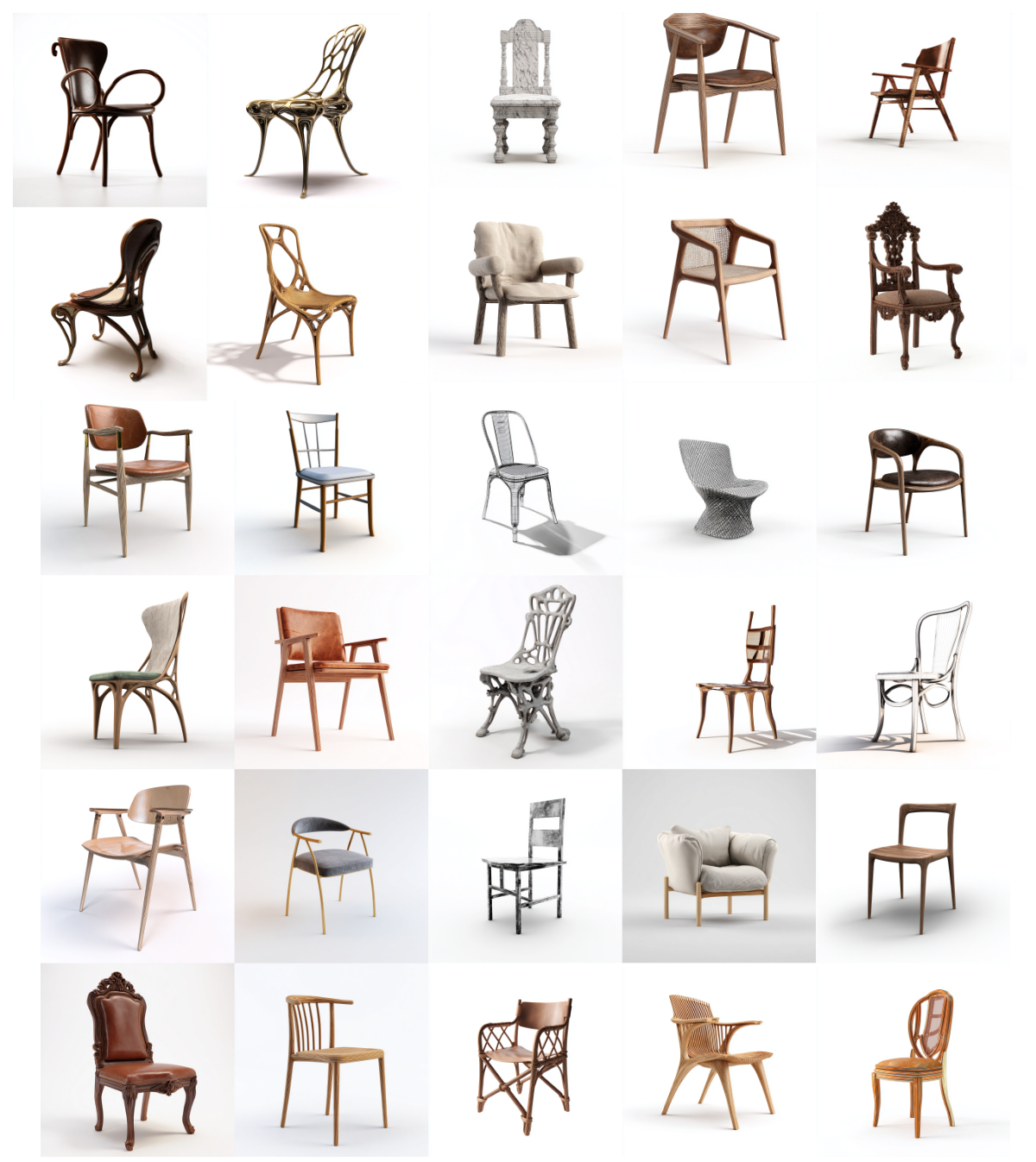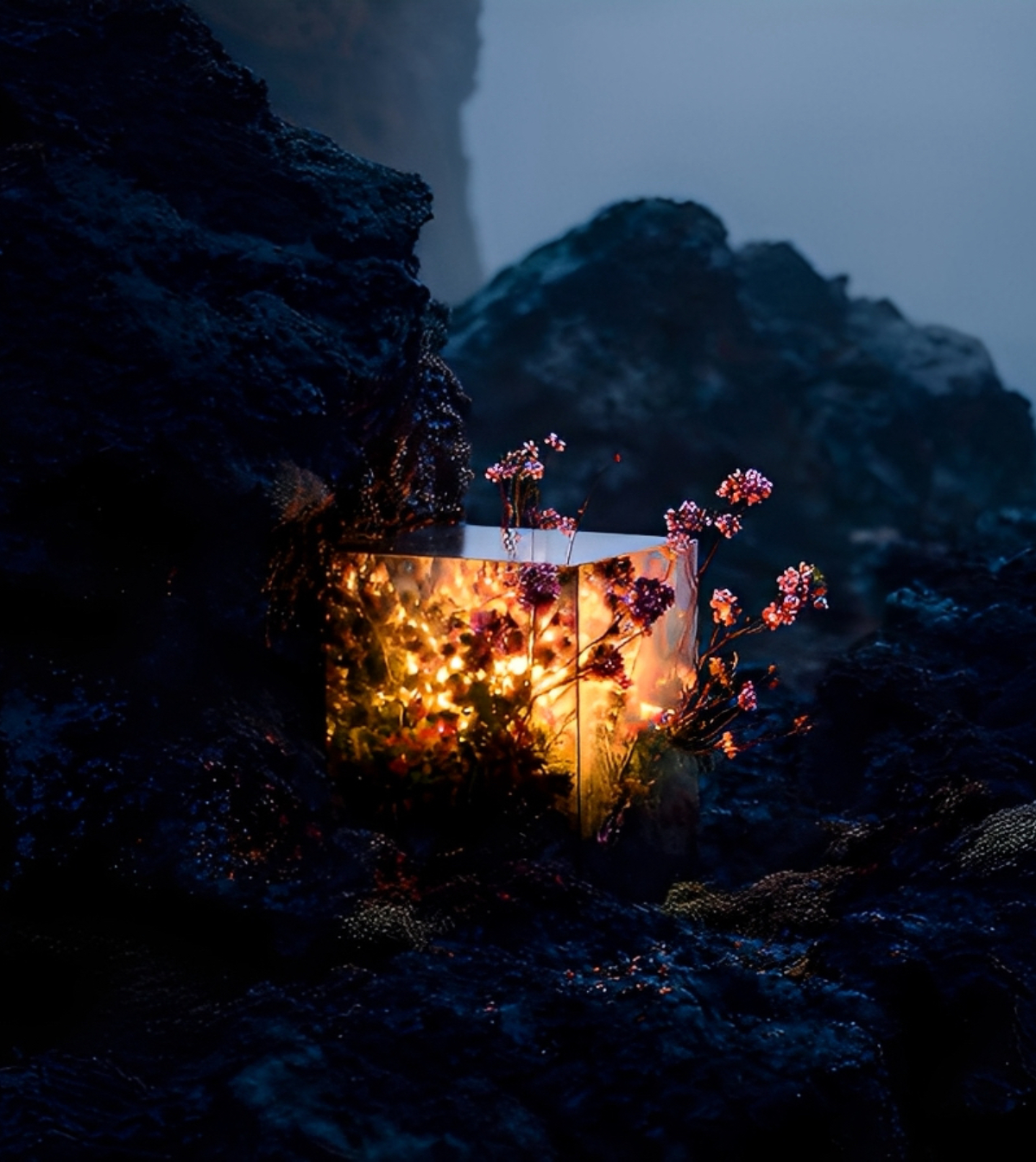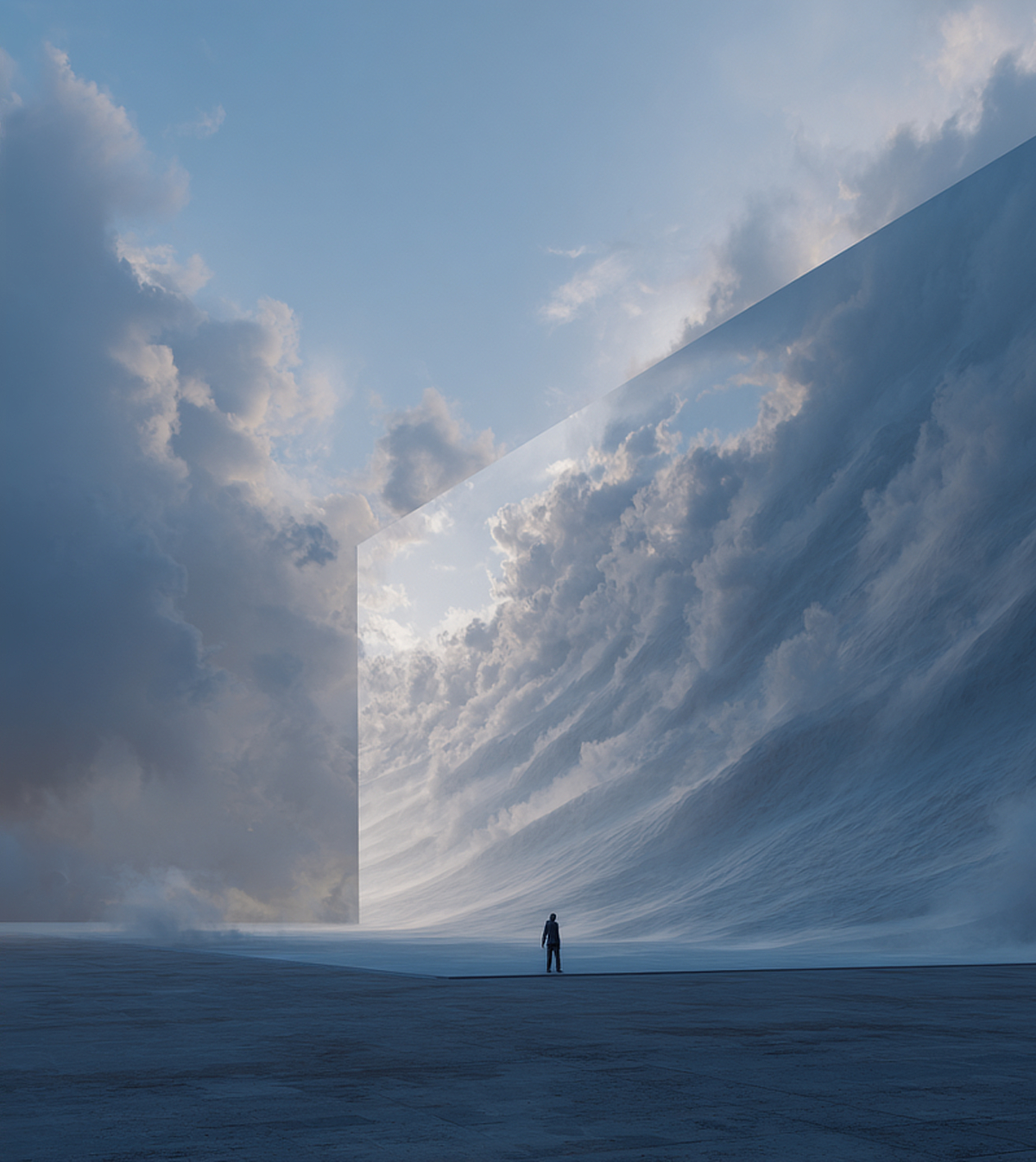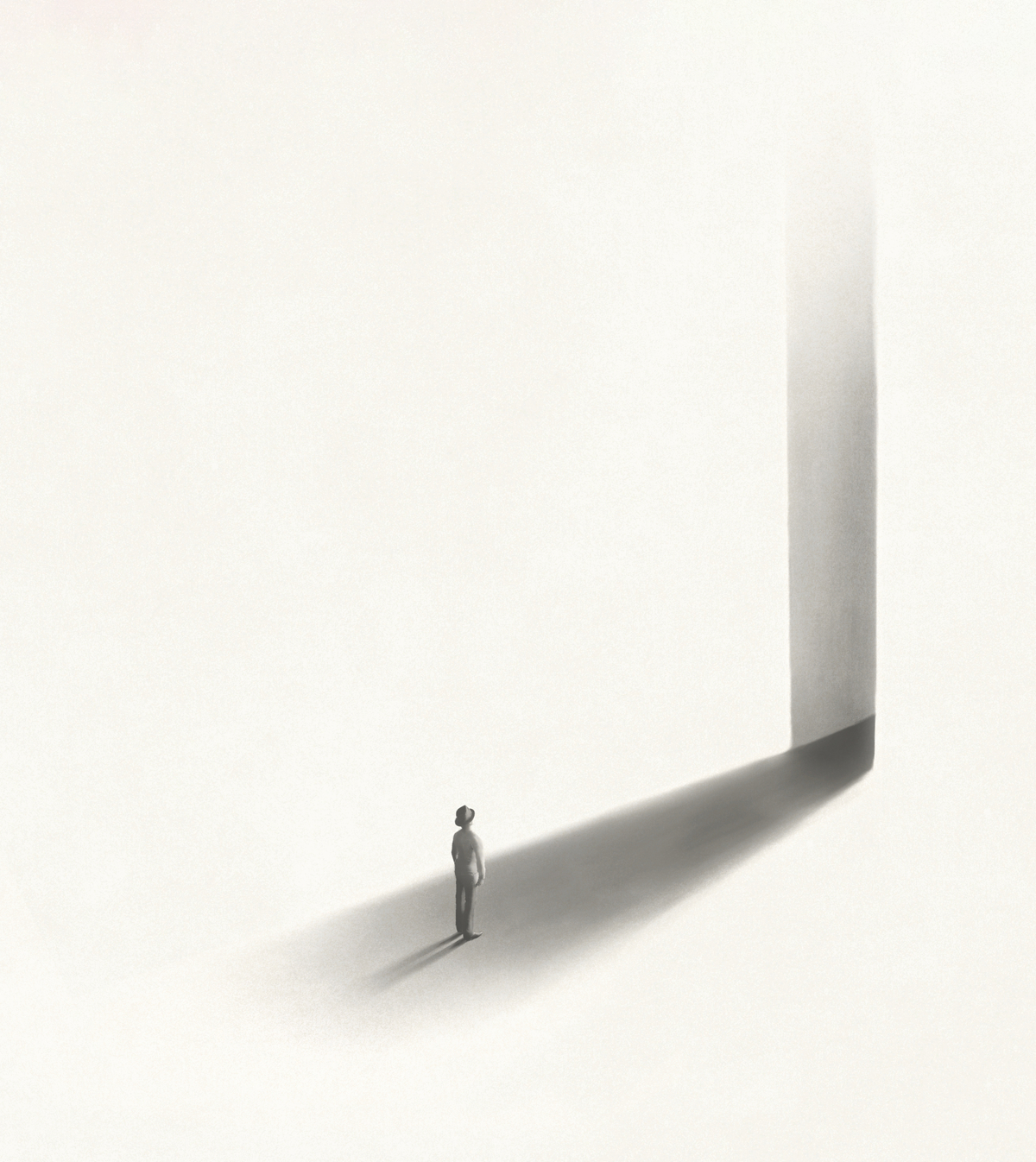We’d like to take the opportunity to introduce you to the 1st and Green prize winners of our "Hospice - Home For Terminally Ill" competition –Damian Poklewski-Koziełł, Marcin Gierbienis, Justyna Kopacz and Aleksander Kwaśniak from Poland!
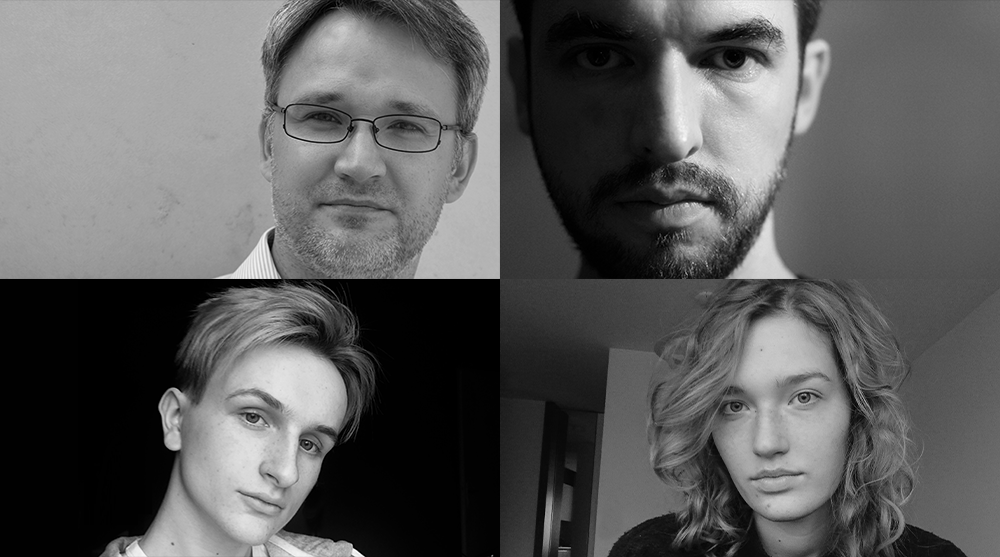
1st and Green prize winners from Poland
The design studio Gierbienis + Poklewski was founded in 2016 in Krakow by Marcin Gierbienis and Damian Poklewski-Koziełł.
The studio has already won prizes in nationwide architectural competitions, including 2nd prize for the public library project in Mielec, 2nd prize for the The Pinocchio Children's Library in Collodi, and 1st prize for the design of the educational building in the Marszewo Forest Botanical Garden. The educational building received the Grand Prix of the "Change vision into a project" competition organized by Rockwool and gained recognition of the jury in the 11th edition of the competition in the name of Maciej Nowicki, winning the 1st prize. Currently, the building is under construction and its opening is planned for Autumn 2022.
Marcin and Damian are also academic teachers at the Faculty of Architecture of the Tadeusz Kościuszko University of Technology, Cracow.
Justyna and Aleksander are students at the Cracow University of Technology, where they will start their engineering design diplomas.
Brief information about the projects that you/your company have been involved with. For instance, what scale have you focused on/preferred, any significant projects where the company/ individuals have been involved?
The most important was the design of the educational building in the Marszewo Forest Botanical Garden, which made it possible to clearly indicate the most important goals we pursue in designing. The building's aesthetics refer to traditional Polish rural constructions and is for public use only in name. It is meant to be a gate for the visitors and a home for the staff.
The location of the building determines the approach to design, not only at an aesthetic and functional level, but also when adopting the assumption of sustainable development. The plot is in the clearing of the Tri-City Landscape Park in Poland. Just a few years ago, the Marszewo Forest Botanical Garden established classes in accordance with the guiding idea of Education for Sustainable Development, showing children how important is the role that flora and fauna plays in our lives. Thinking about forest education has become thinking about a minor urbanization of this area, due to a social need, assuming the creation of a small, inexpensive in implementation and use, and above all, a landscape-fitted object, which in itself was to play an educational role by showing how a human can affect the environment with the way he is using natural resources. The spatial development plan includes a complex of dispersed buildings that have been fastened with a homogenous fence, creating two intimate, green courtyards.
The use of wood was very important in our project. The concept uses it as reference to what is primeval but in a modern way, emphasizing ecology, which nowadays is synonymous with aesthetics and functionality. After years of pushing nature to the background, people slowly rediscover that the processed, urbanized world is too hermetic and harmful. Wood creates construction, determines the interior, limits CO2 emissions, and is comfortable for the user by ensuring good thermal, acoustic and, most of all, psychophysical conditions. The diversity of the colour scheme of the interior and the exterior is complemented by the unique, legendary method of processing the elevation boards – Shou Sugi Ban.
The second project that we would like to mention is the concept of The Pinocchio Children’s Library in Collodi, that was granted the second prize in YAC competitions. The library proves in practice the possibilities of implementation of a biophilic design strategy. The biophilic approach to landscape design can take on different forms and locations, using landscape values and introducing nature into the external and internal zones of the site. Taking into account geographical conditions, as well as cultural and aesthetic aspects, the authors regarded the limitation of the negative impact on the visual and social reception of the new building, its connection with the surroundings, and offering the recipient high-quality architecture, so that its form and function interact with each other – as the main assumption of the concept. The river crossing the plot was, on the one hand, a difficulty and, on the other, a challenge for the designer. Instead of creating a building on one side of the plot, we have included the river inside the building. Thanks to this decision, the library has become an integral part of the landscape and contact with water has gained an original dimension. The green surface of the escarpment is replaced by wooden surfaces in the form of sinuous paths and hills, which here and there create shelves for books or other elements of small architecture.
What does architecture mean to you and what is the role of an architect in your society?
The theme of the studio is self-sufficient architecture, energy-sustainable, safe for people and the environment in which we live, and, of course, beautifully fitting in the landscape surrounding us. We also emphasize the role of nature in design. Biophilic design is important primarily in highly urbanized areas, where contact with the natural environment has been largely lost, or nature is introduced into the urban landscape in an unplanned and reckless way. Biophilic architecture nowadays becomes a response to the problems of the modern human. The benefits that result from its application are all the more important, because the loss of human contact with nature is noticeable.
Ultimately, the main objective of the activity of architects should always be not only to achieve a building fulfilling its function, but also to improve the psychophysical condition of the recipient, as well as to create appropriate, friendly living conditions while respecting the natural environment.
Why do you participate in architecture competitions?
In our opinion, architectural competitions are the best method of selecting a project. Customers can see different approaches to a design task, and so have the opportunity to fully understand what they can get. For designers, they are an opportunity for healthy competition with other participants, strengthening teamwork and stimulating creativity. Participation in the competition is also an opportunity to approach interesting and inspiring topics.
What advice would you give to individuals who struggle to decide whether it would be beneficial for them to participate in architecture competitions?
Participation in the competition requires a lot of time, energy, and money. After all, it is an investment in yourself, and it allows you to gain experience that is necessary in everyday work. Competitions aimed at students and non-professional studios are also a good introduction and preparation for professional work. They teach not only design, but also work organization and awareness of the dependence of the design process. BB contests are also great because they focus on the idea. For designers, they are an exercise in how to clearly present their project on one or more boards so that the message reaches the client.
Top 3 Reasons Why You Should Enter Architecture Competitions
Curious about the value of architecture competitions? Discover the transformative power they can have on your career - from igniting creativity and turning designs into reality, to gaining international recognition.
Learn more


